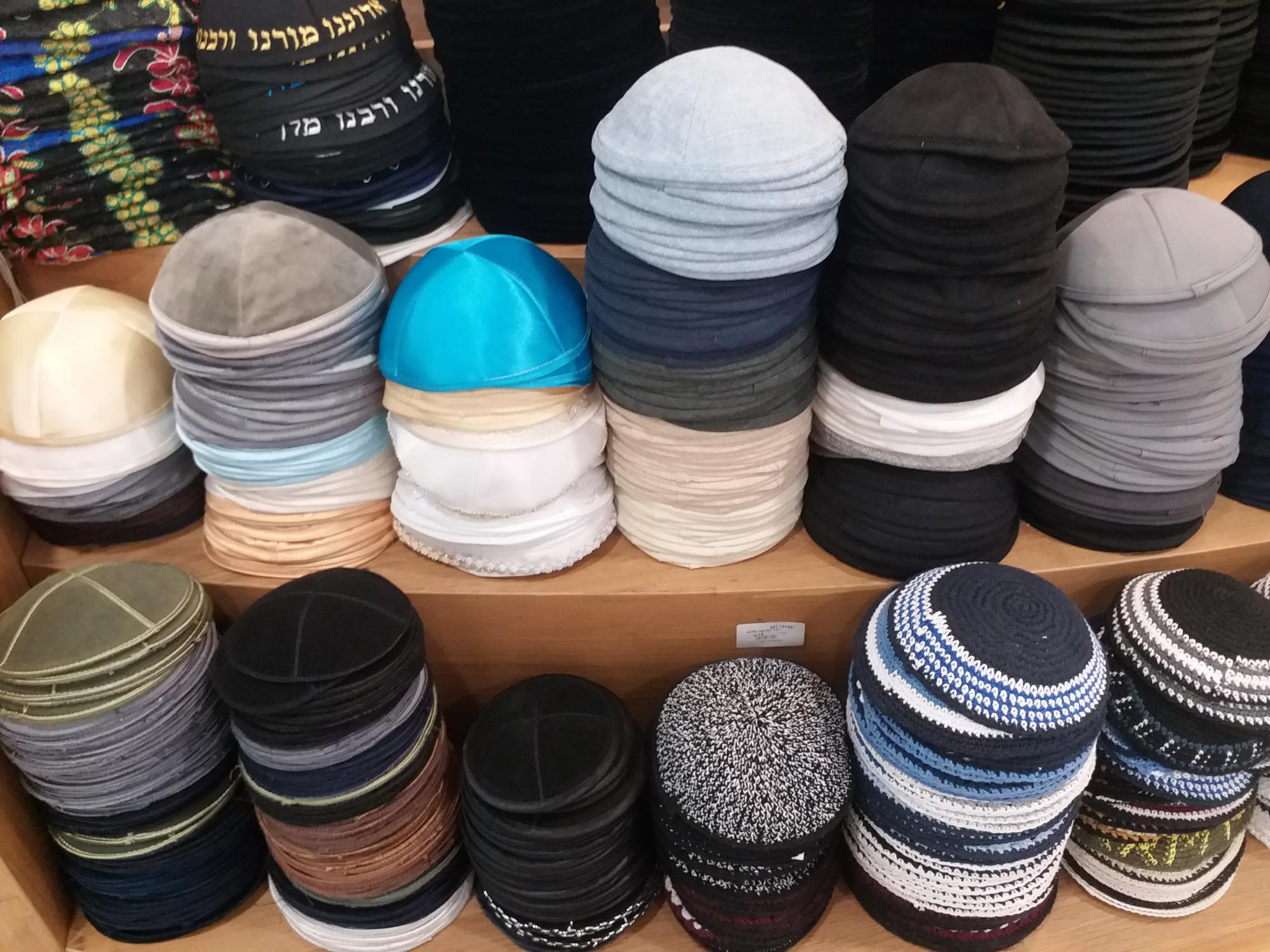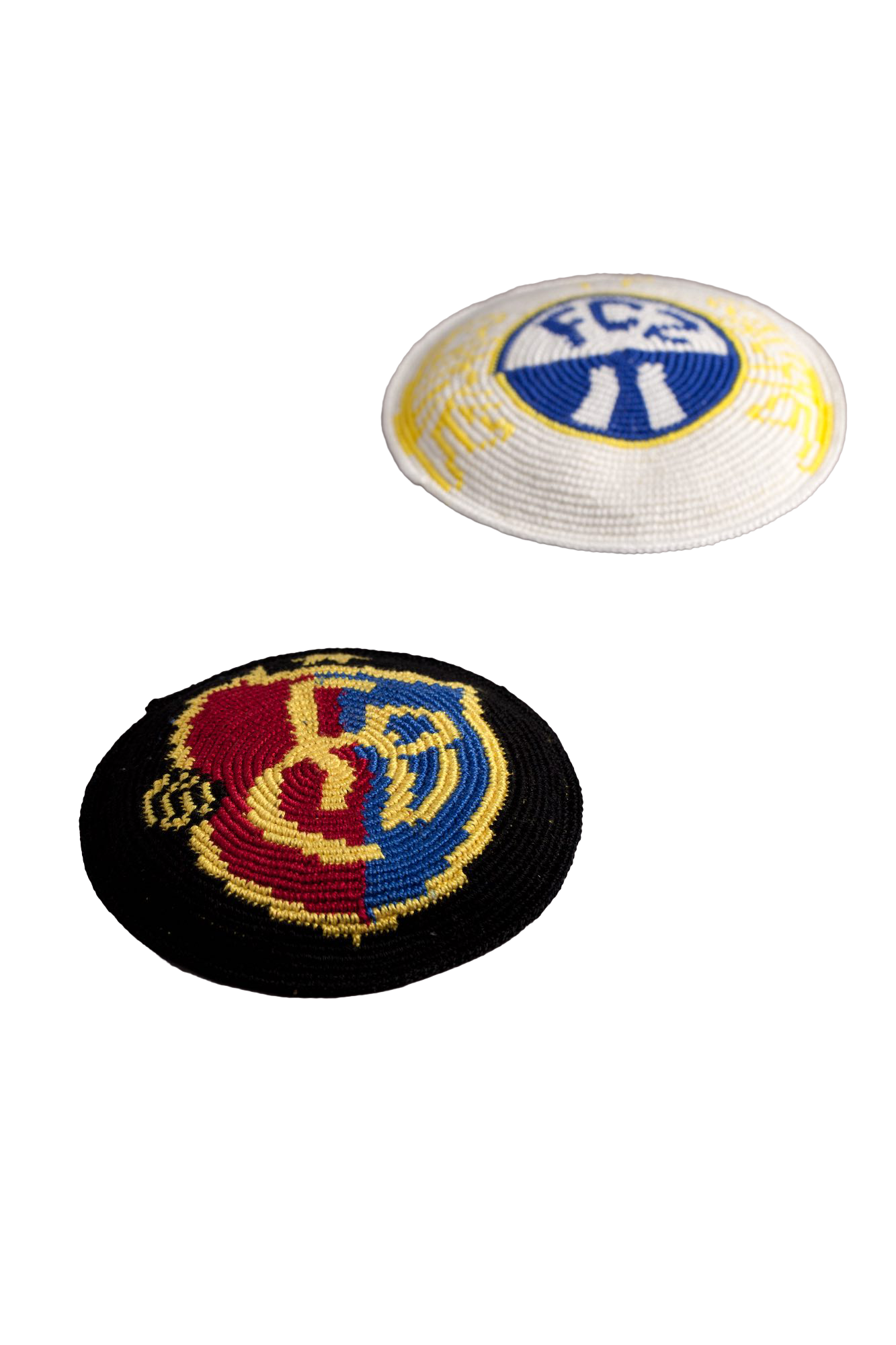(mycka)

Jarmułkę tradycyjnie nosi się jako przypomnienie boskiej obecności oraz podczas modlitwy.



W Rosz ha-Szana i Jom Kipur często zakłada się białą jarmułkę i białe ubrania.
The various meanings of the kippah.
Arnon, Dancho. Kova’im Ba-Rosh: Al Kisui Rosh be-Eretz Yisrael ve-Al ma she-Mitachtam [Headcoverings in Israel and What’s Beneath Them]. Tel Aviv: Am Oved, 1995.
Baizerman, Suzanne. “The Jewish Kippa Sruga and the Social Construction of Gender in Israel.” Dress and Gender: Making and Meaning, edited by in Ruth Barnes and Joanne B. Eicher, New York: Berg Publishers, 1992, pp. 92-105.
Juhasz, Esther. “Men’s Headcovering.” The Jewish Wardrobe: From the Collection of The Israel Museum, Jerusalem, 11 Mar. 2014 – 7 Mar. 2015, edited by Esther Juhasz, Milan: 5 Continents Editions, 2012, pp. 64-79.
Krauss, Samuel. “The Jewish Rite of Covering the Head.” Hebrew Union College Annual, vol. 19, Hebrew Union College – Jewish Institute of Religion, 1946, pp. 121-68. (Reprinted in Beauty in Holiness: Studies in Jewish Customs and Ceremonial Art, ed. Joseph Gutmann, New York: Ktav Publishing House, 1970, pp. 420-67).
Zimmer, Eric. “Men’s Headcovering: The Metamorphosis of this Practice.” Reverence, Righteousness, and Rahamanut: Essays in Memory of Rabbi Dr. Leo Jung, in Jacob J. Schacter, Northvale, NJ: Jacob Aaronson, 1992, pp. 325-52.
Wybierz język